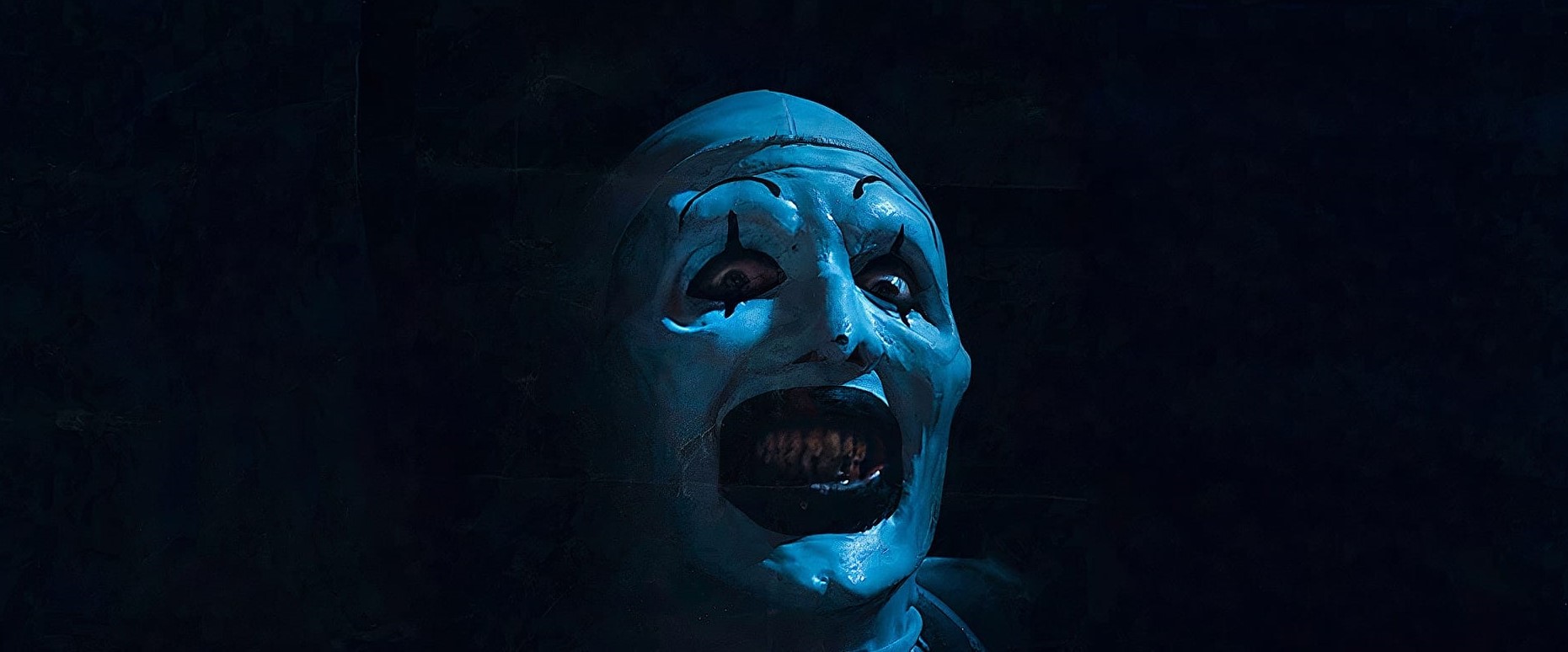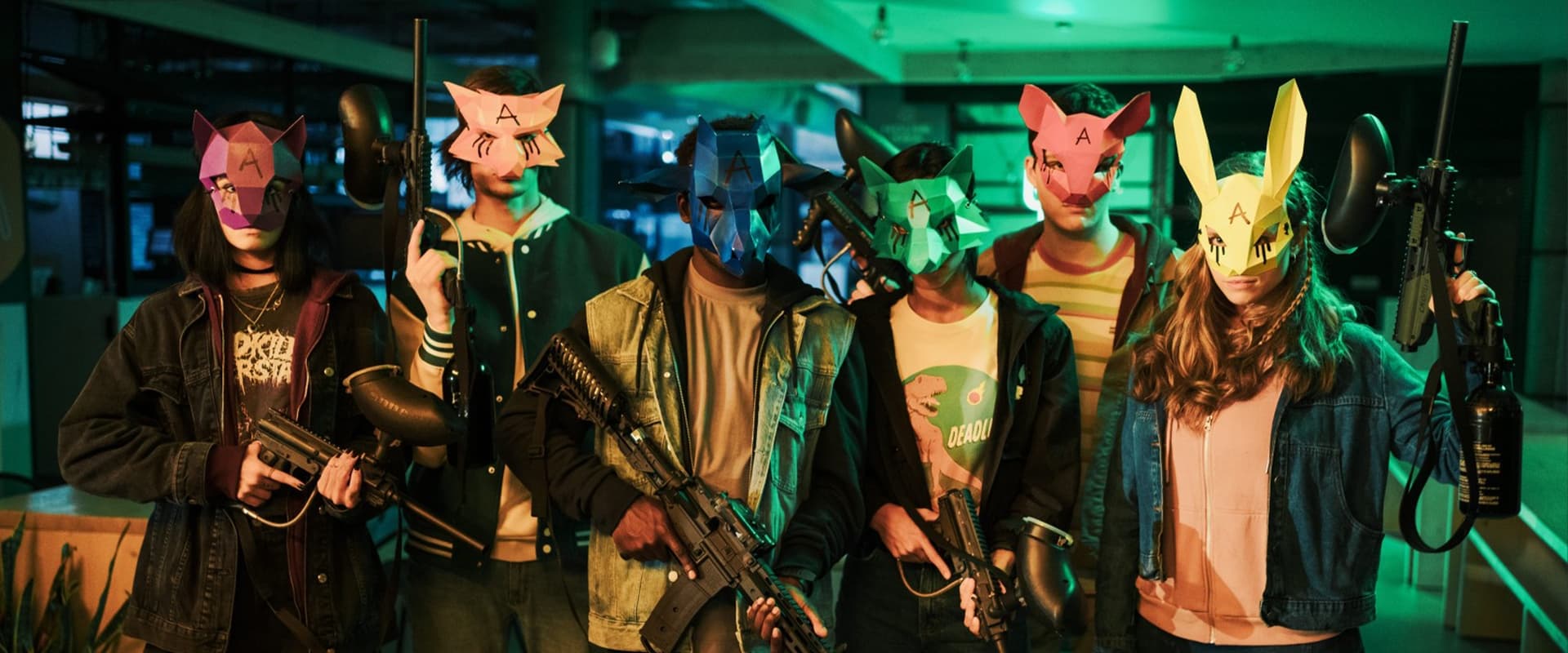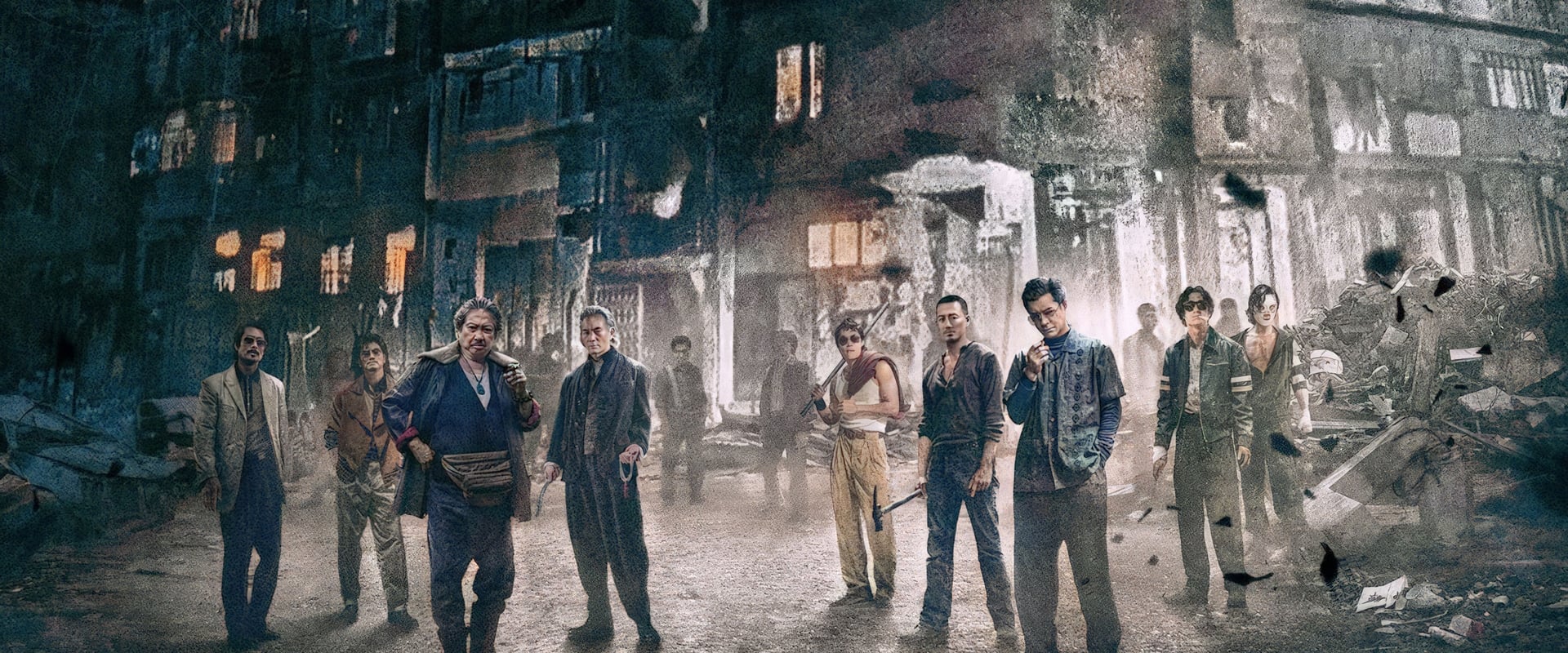You find yourself at a “Terrifier” marathon the way you might wander into a crumbling, weed-choked funhouse: half-wary, half-eager, and maybe—against your better judgment—hoping to stumble out dazed, altered, or at least grinning through the scream. Damien Leone’s trilogy, born from a short so brash it barely counts as a calling card, is less a suite of movies than a dare. Sit through the whole grotesque pageant and you discover, under the shriek and squish, a saga that’s more about what horror can provoke than what it can explain.
The Short Film: A Clown’s Rude Awakening
The original "Terrifier" short is horror stripped for parts, twenty minutes of gutter-lit stalking and silent-movie menace. Art the Clown—then, a Mike Giannelli marionette, part Buster Keaton, part urban revenant—wanders through a Halloween night not so much acting as leaking dread. Forget “mythology”; this is pure sensation, a series of jolts, shudders, afterimages. Leone isn’t making a world—he’s making a feeling. There are no stories, just the under-your-skin itch of threat, the giggle that comes right after a gasp. If Grindhouse needed a mascot, Art just put his bloodied hat in the ring.
Terrifier (2016): The Slasher as Absurd Occurrence
With the first feature, Leone goes full-throttle, tossing psychology and even coherence out in favor of mood—ferociously honed, industrial-grade mood. David Howard Thornton’s Art the Clown stalks the night not as a character but an event: elimination as vaudeville, murder as knock-knock joke. There’s no interest in “why,” only “how” and—most crucially—“how much.” The kills are both the punchline and the setup. What plot exists is as ephemeral as fog: two women, one evening, doom apace and leaking out of every practical effect.
The genius, if we can use the word, is in the refusal: there is no backstory to crutch on, no message for the midnight crowd. It’s all practical gore, expertly staged, a small-budget Grand Guignol that cackles at the notion of metaphor. Thornton—pratfalling, promising, grotesquely cheery—turns Art into a kind of sentient corruption. The result isn’t just a new cult slasher; it’s the slasher re-infected with a sense of meaningless dread. You want a narrative? Here’s a chainsaw.
Terrifier 2 (2022): Blood-Soaked Baroque
Where the first film was a cold knife in the ribs, “Terrifier 2” wants to see what happens when the fever breaks. Suddenly, Leone’s got a budget and is swinging for the fences: mythos! Destiny! Sienna the final girl (Lauren LaVera), all wounded pluck and battered hope, steps in as both adversary and—heaven help us—anchor. The film’s heart beats, for once, alongside its arterial spray. The story threatens to matter.
The violence doesn’t dial back, it expands, mutating into a kind of maximalist spectacle—part sideshow, part Hammer glam, all held together with the kind of giddy self-awareness that can only come from loving your own monster. Art evolves into a member of the killer-clown pantheon, half-Freddy, half-pantomime archangel. The Halloween palette pops in neon, the kills vault into the realm of decadent choreography. Sienna, for her part, brings an almost operatic bruised soulfulness: there are real stakes now, even if every emotional obligation is laced with yet another wink.
What’s risked here is sentiment—the forbidden fruit of exploitation. Leone dares it, sometimes stumbles, but ends up with something the first film never aimed at: resonance. This slasher smuggles in a pulse.
Terrifier 3 (2023): Christmas as Carnage, Horror as Reckoning
By the third act, we’re in wholly new territory—holiday horror as psychosexual exorcism. Sienna, five years on, is less a survivor than a trauma echo, haunted by guilt and haunted (always) by Art. The setting—a Christmas dripping with both tinsel and entrails—has moved from mere blasphemy to something weirder, rawer: a critique of holiday rituals, a bait-and-switch on comfort.
Leone dials up the tension not by showing more, but by refusing. Violence against children is withheld, made more disturbing for not being shown—and the silence in those moments is as brutal as any knife-edge. Art, in his demented giggle, is still the axis, but now Victoria—once collateral, now dark apostle—shifts the villainy, blurring boundaries until complicity and revulsion become two sides of the same stained coin. Even the sound design becomes adversarial: what you don’t see worms deeper than the tongue-in-cheek tomfoolery we do.
This finale is less about catharsis than confrontation. The film is a glitter-dipped dare, forcing us to reckon with what we’ll laugh at, what we'll ignore, and what lines—if any—still remain.
The Evolution: Horror as Existential Stand-Up
Across these three films, what’s most shocking isn’t what’s onscreen—it’s how the franchise mutates in full view. “Terrifier” starts as a carnival trick, pure splatter: you gasp, you snort, you move on. “Terrifier 2” ladles on bruised humanity until—miracle of miracles!—you care. “Terrifier 3” gleefully, cynically implicates you, asking if you’re really in it for the nightmares, or just the punchline.
Art the Clown is both the era’s anti-hero and its mascot: his horror is all nerve and no mythos, all punch and no payoff. And yet, through sheer obsession, the saga spins out a battered heroine in Sienna, who breaks through horror’s oldest cliché to become—against the odds—our most complicated new final girl.
Watch them as one bloody, relentless triptych and you see not just the evolution of a slasher but the puberty of a genre. Leone’s trilogy is horror as mirror, as dare, as joke so sick you get the feeling you shouldn't have laughed—except that’s the point. Sometimes you cackle, sometimes you gag, sometimes you shiver at the emptiness glittering back at you.
This is horror’s funhouse: audacious, uneasy, refusing either apology or relief. If this isn’t the genre mutating before our eyes, then somewhere the joke is on us. And Art, paint grinning, is already laughing.


